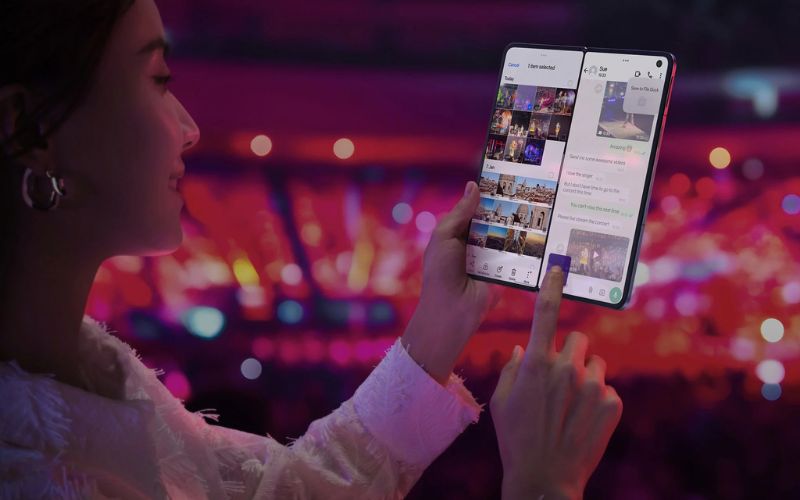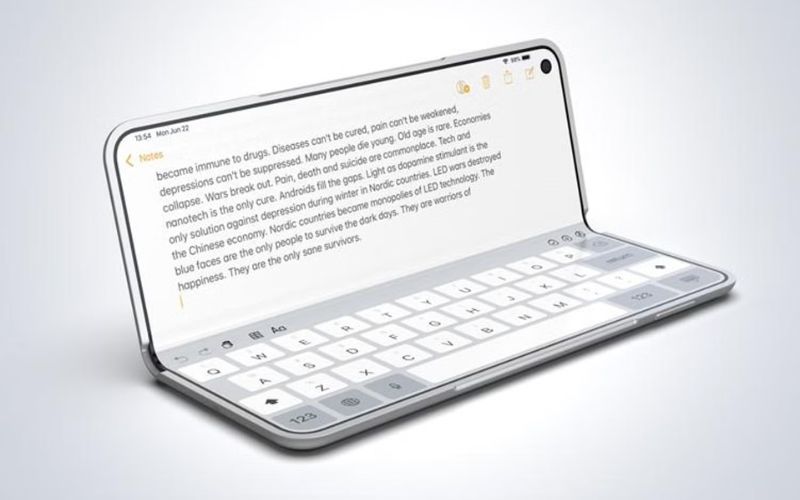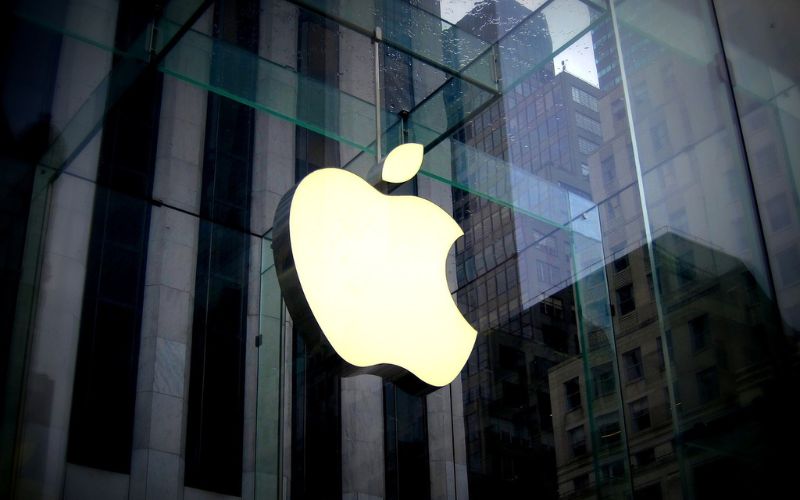A foldable iPhone? Apple’s ready to make a bold move. Are you in?
Every few years, Apple introduces a bold new vision for the future of tech. The last big iPhone redesign came with the iPhone X in 2017. Now, Apple is working on something that could be its next game-changer. Instead of banking solely on AI upgrades (looking at you, Apple Intelligence), a foldable iPhone could steal the spotlight. This is crucial because iPhones still bring in around half of Apple’s revenue, but sales have started to slow down.
New hardware is Apple’s usual strategy to shake things up. Think back to the iPhone 6 Plus, its larger screen sparked a huge boom 10 years ago. Could a foldable iPhone create that same kind of buzz?
Read also: New Apple products coming in 2025: What’s on your wishlist?
1. iPhone Flip design
Back in 2021, Jon Prosser mentioned Apple might go with a clamshell design for its foldable phone. But now, The Wall Street Journal reports otherwise. According to their sources, Apple is working on an inward-folding screen, giving the device a book-like appearance. This aligns with trends in China, where the foldable market is booming and 67% of users prefer book-style designs.
Ming-Chi Kuo suggests the foldable iPhone might use an eSIM-only setup to save space. However, since China hasn’t widely adopted eSIM-only phones, Apple’s foldable might face challenges there, unless they adjust the hardware.
2. iPhone Flip display

Apple has explored different foldable screen sizes, including one that expands to match the 6.7-inch display of the iPhone 12 Pro Max. Current foldables range between 6 and 8 inches when open.
Now, Digital Chat Station shares more details. They say the foldable iPhone prototype has a 5.49-inch outer screen and a 7.74-inch inner display. For context, the Galaxy Z Fold7 brings a 6.5-inch cover screen with an 8-inch main display.
So, what’s Apple cooking up behind the scenes? Ming-Chi Kuo’s latest research reveals Apple plans to use Samsung Display’s crease-free solution. Apple’s own version may not make the cut, since they need something that can handle full-scale production in the second half of 2026.
Back at MWC 2025, Samsung Display showed off a screen without a crease, hinting at what to expect. Some expected the Z Fold7 to launch with no crease. While that didn’t happen, Samsung still managed to tone the crease down quite a bit with their latest book-style foldable. OPPO’s Find N5 gets even closer to hiding the crease, setting a high bar.
Personally, I’m not a fan of the crease. I’d love to see it shrink or even disappear in future models. But if foldables interest you, don’t let that hold you back. Once you start using one, the crease fades into the background and is easy to forget.
3. Foldable iPhone software
Apple likely doesn’t need to stress much about app compatibility for developers. They’ve built a strong foundation since rolling out the M1 chip in the MacBook Air, ensuring apps adapt to any Apple device.

That said, I’m crossing my fingers for better iOS multitasking. Android does it better, especially on newer Galaxy phones. With more RAM, you can keep multiple apps open at once. iOS makes app switching easy, but you can’t run apps side by side like on an iPad or Android phone. That would be a huge missed opportunity for a foldable iPhone.
4. Foldable iPhone release date

Rumor has it Apple’s team is aiming to launch a foldable iPhone in 2026. They might need until 2027 to work out some technical challenges, though.
The biggest hurdles? Refining the hinge design and upgrading the durable yet flexible screen protector. Both components need more development to meet Apple’s quality standards.
5. Price

Since Samsung’s Galaxy Z Fold7 has a launch price of $1,999.99 for the base model, I wouldn’t be surprised if Apple’s foldable lands around $2,000. After all, both companies price their top-tier models—the S25 Ultra and iPhone 16 Pro Max—at similar levels.
Meanwhile, in February, Huawei rolled out the global version of its double-folding Mate XT. This $3,700 triple-screen phone unfolds into a 10-inch tablet. So yeah, there’s a market for high-end foldable.
Bottom line
As of 2025, foldable phones aren’t slim, light, or energy-efficient enough to meet Apple’s standards. That’s why Apple’s been slow to join the foldable trend. They won’t release one until they’re sure the screen won’t easily get damaged and the crease won’t be noticeable. For that reason, I’m all in on the Apple ecosystem and plan to stick with it.
I think Apple’s big win will come from a tough hinge and an inner screen without a crease. Other than that, it’ll feel like a fresh iOS take on what Samsung’s been doing for a while. Still, I’m pretty excited to see what they bring.